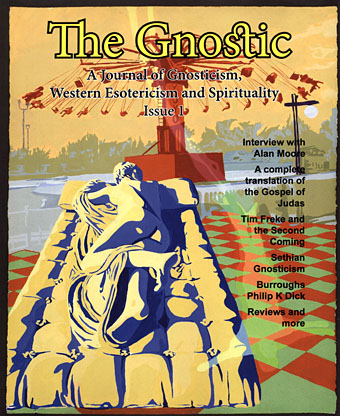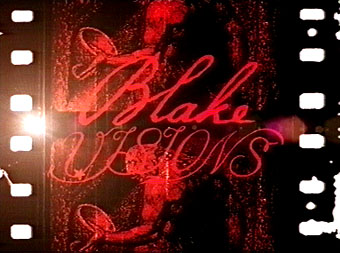This month is a major one in book publishing as Carl Jung’s magnum opus The Red Book, or Liber Novus, which has remained unpublished for 80 years, is issued in a facsimile edition. Selections of pages have been turning up in reviews and online previews which easily whet the appetite.
In his late 30s, Jung started writing a book called The Red Book. The Red Book is part journal, part mythological novel that takes the reader through Jung’s fantasies — hallucinations he self-induced to try and get to the core of his unconscious. … The book detailed an unabashedly psychedelic voyage through his own mind, a vaguely Homeric progression of encounters with strange people taking place in a curious, shifting dreamscape. Writing in German, he filled 205 oversize pages with elaborate calligraphy and with richly hued, staggeringly detailed paintings. (More.)
Jung maintained a lifelong fascination with alchemical symbolism and many of these pages resemble the kind of plates one finds in alchemical treatises such as the Splendor Solis, if that book had also contained additions from William Blake and Hildegard von Bingen. The only drawback is the price: at £120 this isn’t a casual purchase, but then this is over 400 pages of full-colour at a big size, 45.7 x 30.5 x 5.1 cm. Time to start petitioning rich relatives for Christmas.
• The Holy Grail of the Unconscious
Previously on { feuilleton }
• The art of Julien Champagne, 1877–1932
• Digital alchemy
• In the Shadow of the Sun by Derek Jarman





